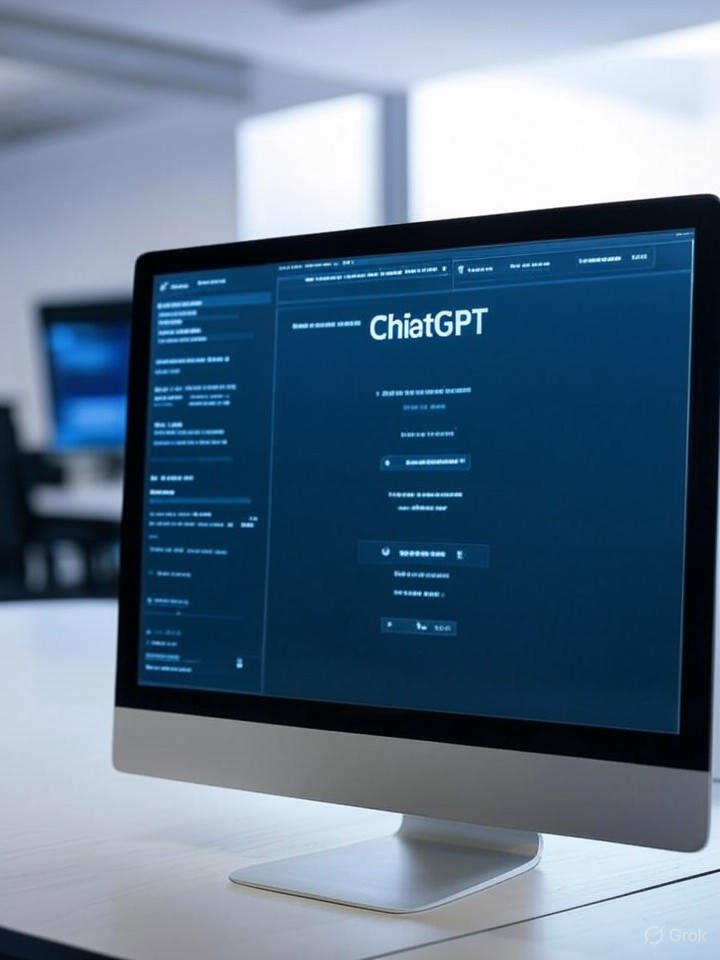In the rapidly evolving world of artificial intelligence, OpenAI’s ChatGPT continues to redefine how businesses and developers interact with generative models. Launched in late 2022, the chatbot has amassed over 700 million users by mid-2025, according to a recent report from Business Insider. This summer, the platform rolled out GPT-5, its most advanced model yet, promising unprecedented reasoning capabilities and reduced errors in complex tasks like coding and problem-solving.
The upgrade, detailed in OpenAI’s official release notes, introduces features such as adaptive modes—Auto, Fast, and Thinking—that allow users to tailor response styles. CEO Sam Altman highlighted in a Times of India interview that most users will experience faster, more reliable interactions, though some Plus subscribers have voiced frustrations on social platforms about limited access to premium thinking models.
Unpacking GPT-5’s Core Innovations
Early benchmarks show GPT-5 outperforming predecessors in areas like software engineering and factual accuracy, as noted in a Medium article by Seikh Suraj. For industry insiders, this means enhanced integration into workflows, from generating code to analyzing data streams. However, The Guardian reports that while GPT-5 excels in writing and coding, it still lacks continuous learning, preventing it from fully automating human roles.
User feedback, gleaned from posts on X, reveals mixed sentiments: excitement over multimodal capabilities handling text, images, and soon audio, contrasted with complaints about “hallucinations” in responses. OpenAI has addressed this by emphasizing safer completions and improved health-related guidance, positioning GPT-5 as a tool for sensitive applications.
Enterprise Features Driving Adoption
A standout addition is the ChatGPT Record feature, launched for Pro, Enterprise, and Education users on August 13, 2025, per OpenAI’s help center. This macOS-exclusive tool transcribes meetings and brainstorms, generating summaries, follow-ups, and even code snippets— a boon for remote teams. Enterprise users now access a full model suite, including GPT-4o and o3, for building Custom GPTs, expanding customization options beyond what was available to Plus and Team tiers earlier this month.
TechCrunch’s comprehensive guide, updated on August 14, underscores how these enhancements build on ChatGPT’s viral success, answering FAQs about privacy and scalability. For developers, the model picker in GPTs without custom actions supports all user-available models, fostering innovation in app development.
Challenges and User Sentiments Amid Rapid Updates
Despite the hype, not all reactions are positive. A TechRadar piece from August 8 details Reddit threads where users lament that GPT-5 feels like a downgrade, with routing to smaller models limiting advanced reasoning. Posts on X echo this, highlighting new personas like Cynic or Nerd for more engaging dialogues, yet criticizing caps on messages for thinking modes.
OpenAI counters with upgrades to voice interactions, making them more natural, and integrations like Gmail and Google Calendar, turning ChatGPT into a personal assistant. Euronews, reflecting on ChatGPT’s second anniversary last November, predicts these features will propel it into agentic AI territories, where bots perform multi-step tasks autonomously.
Future Implications for AI Integration
Looking ahead, industry analysts anticipate GPT-5’s agent mode and real-time internet access to revolutionize sectors like healthcare and finance. A post on X from user Atlas outlines massive context handling and human-like reasoning as game-changers, though ethical concerns persist about data privacy and job displacement.
As OpenAI navigates internal dramas and competition from rivals like Google’s Gemini, these updates signal a maturing ecosystem. For insiders, the key takeaway is adaptability: leveraging GPT-5’s strengths while mitigating its limitations could define competitive edges in 2025’s AI-driven markets. With ongoing refinements, ChatGPT isn’t just a chatbot—it’s evolving into an indispensable enterprise ally.




 WebProNews is an iEntry Publication
WebProNews is an iEntry Publication